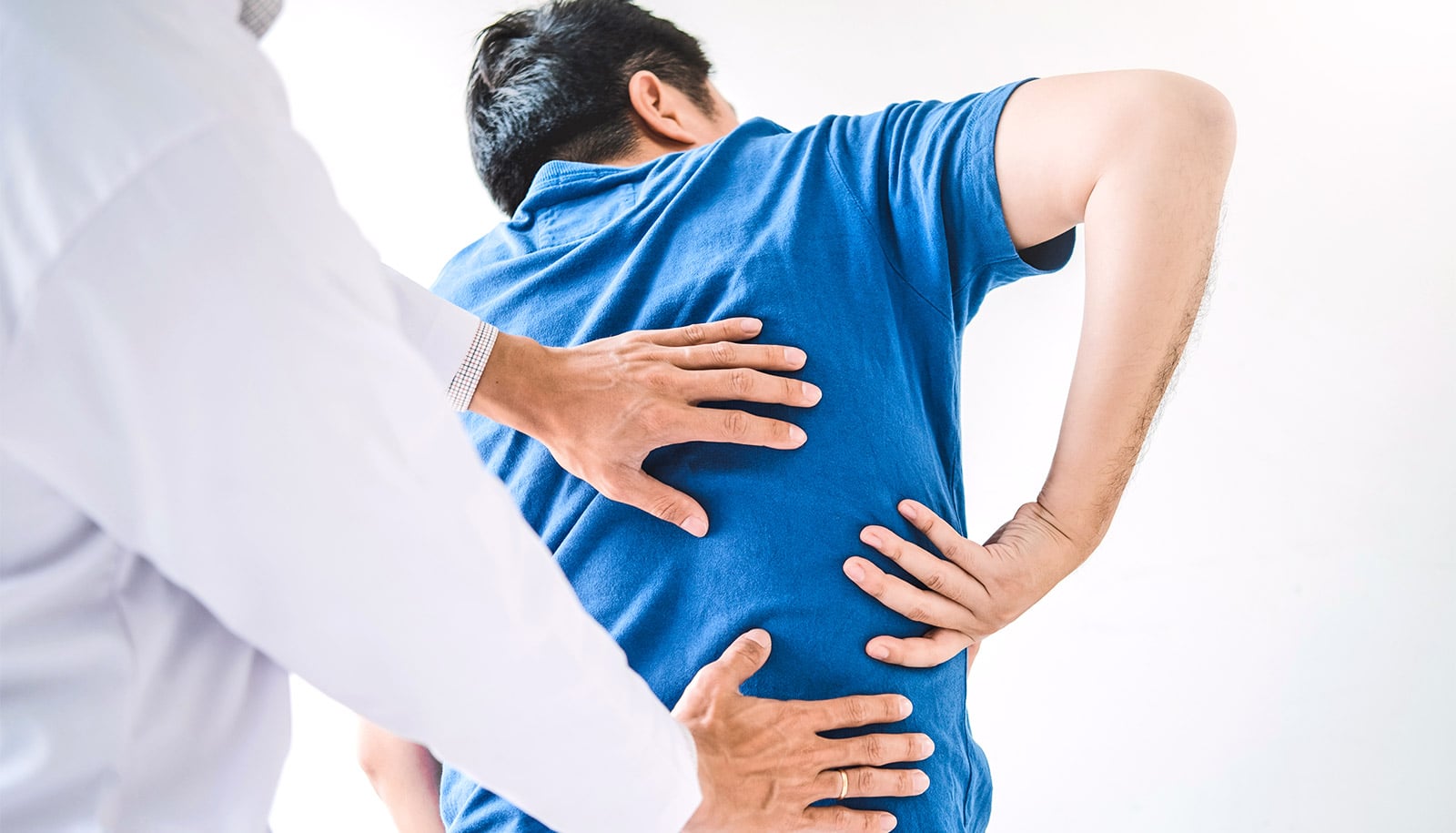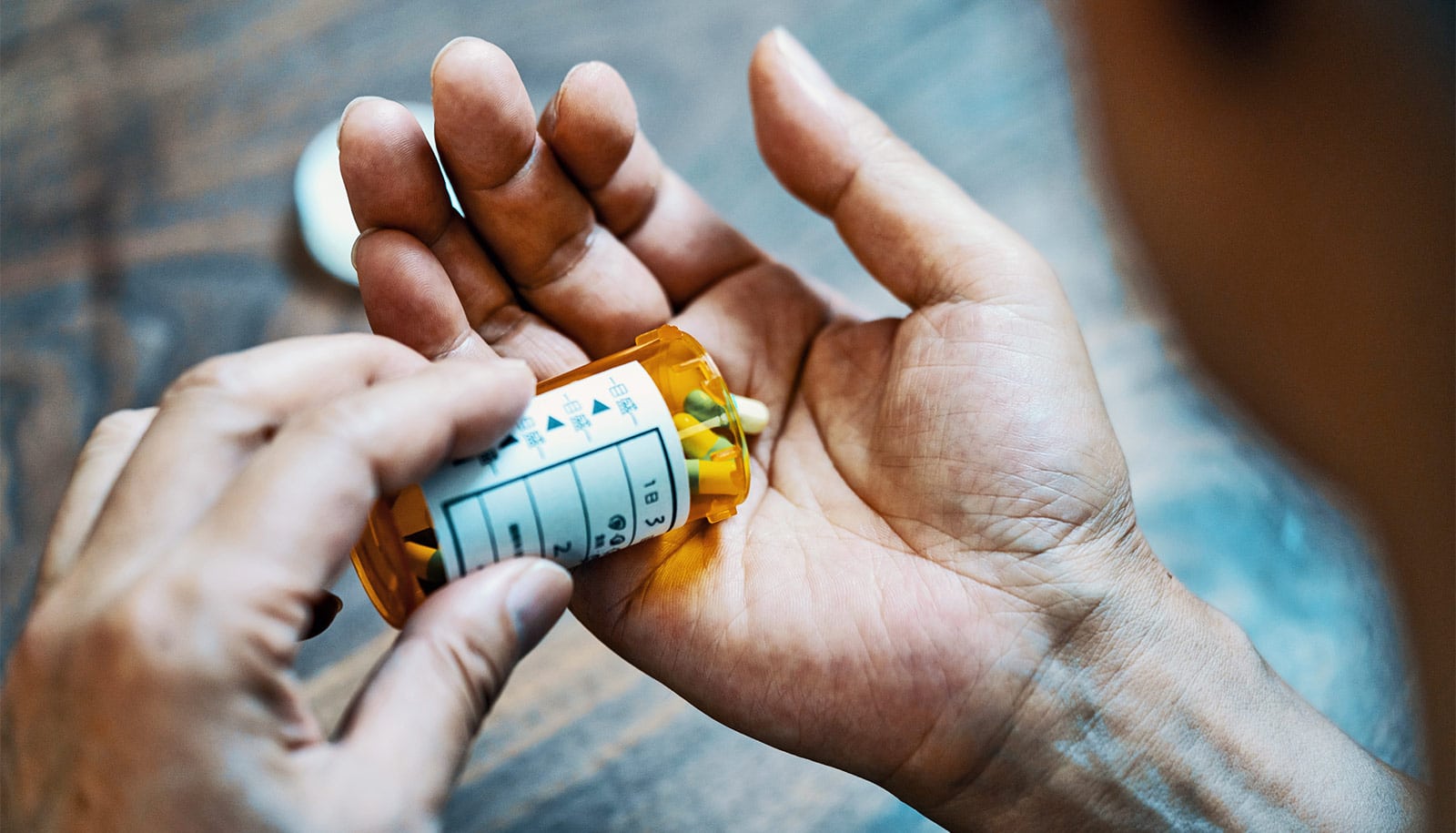Harmful myths about opioids, opioid addiction, and people with substance use disorders persist and may even prevent people from getting treatment, say experts.
Between 2015 and 2016, drug overdose deaths went from 33,095 to 59,000, the largest annual jump ever recorded in the United States. That number is expected to continue unabated for the next several years.
Myth #1: Opioid addiction is just a psychological disorder and people who are dependent simply need better willpower.
“It’s important to define opioid addiction carefully, because the stigma is so strong. Someone who is prescribed opioid medications for pain for prolonged periods may develop tolerance, which means they need a higher dose to get pain relief. Or they may experience withdrawal symptoms when they stop taking the medication. But these are not considered cases of opioid addiction.
“Some people think that an opioid addiction is just psychological or a weakness of character…But it’s more complicated than that.”
“Opioid addiction, or technically ‘opioid use disorder,’ is defined as loss of control over use of opioids. This means that the person continues to use opioids despite negative consequences or is unable to stop using opioids despite wanting to. This person may also have a preoccupation with using opioids, obtaining opioids, or craving for opioids. These patients may also develop tolerance or experience withdrawal when they stop using, but those symptoms by themselves do not define an opioid use disorder.
“Some people think that an opioid addiction is just psychological or a weakness of character, and that people who are addicted simply don’t have the willpower to stop. But it’s more complicated than that.
“Long-time use of opioids in an addictive way actually alters brain functioning. It causes chronic and lasting changes in the brain reward system, causing the person to feel less motivation and get less pleasure from other, naturally occurring rewards. Opioids become the primary reward and the primary focus of the person’s life, and they need more of it to activate the reward system.”
—Richard Schottenfeld, psychiatry
Myth #2: The best way to combat an opioid addiction is without medication.
“The idea of treating opioid addiction without medication is attractive, especially because such programs can be effective for some patients with alcohol use disorder. A lot of people think that the goal of treatment for opioid use disorder is not taking any medication at all. However, the truth is that the many people in abstinence only programs for opioid use disorder will relapse.
“Research shows that medication-based treatments are the most effective treatment. Opioid use disorder is a medical condition just like depression, diabetes, or hypertension, and just like those conditions, it is most effectively treated with a combination of medication and counseling.
“A person is not defined by their disease. We need to keep that in mind…”
“There are two common medications used to treat opioid use disorder: methadone and buprenorphine. These medications help address patients’ withdrawal symptoms and block the reward or the ‘high’ that people get from using opioids. They help restore ‘normal’ brain functioning. In certain cases, other medications can help improve impulse control and treat any underlying psychiatric disorders.
“Buprenorphine and methadone are opioids agonists. This means that they bind to the same opioid receptors in the brain that opioids like oxycodone, heroin, and fentanyl do, and provide relief from withdrawal symptoms. Some people misinterpret that to mean that we’re just replacing one addiction for another. However, this is not the case.
Can this new painkiller evade the flaws of opioids?
“Most of the time, patients use opioids not to get high, but to avoid the withdrawal symptoms such as body aches, nausea, vomiting, diarrhea, cramping, muscle aches, insomnia, abdominal pain, and anxiety. Buprenorphine and methadone help patients avoid withdrawal symptoms, but don’t offer the high, which means they are less addictive. Their effects also last much longer (24-36 hours), which allows patients to get on with their day without having to think about their opioids.
“In addition, with buprenorphine and methadone, the risk of overdose is much lower for patients receiving these medications through a treatment program.”
—David A. Fiellin, internal medicine
Myth #3: It’s ok if we call people with opioid use disorder ‘addicts,’ ‘users,’ or ‘junkies.’
“The words we use to describe addiction and people with addiction are important. Negative terms such as ‘addict,’ ‘user,’ ‘junkie,’ and phrases such as ‘needs to get clean’ contribute to stigma against people with opioid use disorder and create barriers to accessing effective treatment. This can ultimately contribute to overdose.
“When we talk about people with diabetes, we don’t talk about them being ‘dirty,’ we talk about their sugars. Similarly, we should focus on measurable changes to health for people with opioid use disorders.
Surprisingly few homes with kids store opioids safely
“Studies have shown that people who were referred to as ‘substance users’ were more likely to be considered a threat or be responsible for their condition, whereas people who were referred to as having “substance use disorder” were more likely to be seen as needing help. This is a really key component to getting people into treatment and stemming the opioid crisis.
“A person is not defined by their disease. We need to keep that in mind as doctors, media, and lay-people when thinking about the opioid crisis.”
—Jeannette Tetrault, internal medicine
Source: Jenny Chen for Yale University



